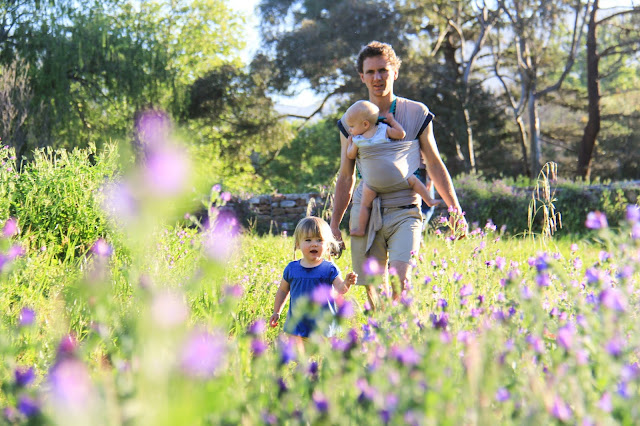What to do with my bloody mess...
Nobody can say that I wasn’t prepared for
Malawi. I wrote endless lists of what we needed. Researched everything that
other people told me I would need and bought what was necessary. Malaria medication for just in case, tons of
craft supplies for the girls because I knew we would not be able to buy that,
and shoes and clothes in their own sizes and one size up because whether I
liked it or not; the girls would grow. And then, as an afterthought because
that’s how it goes when you are a mom, I started to think about my own needs.
Well, actually, I wasn’t even thinking about it. I was browsing online when, in
the sidebar, I saw an advertisement for a menstrual cup. I did not click on it right
away but it got me thinking after I was done thinking about all the other
things. How was I going to take care of the special needs that almost every
woman around the globe has for one week every month? I knew from previous
experiences that female sanitary products aren’t exactly readily available in
small African villages so I would always have to make sure that I would buy
enough whenever I would be in the big city. But that wasn’t my biggest worry. I
was more concerned about what to do with the waste. When you have weekly
garbage removal services it’s easy to forget about the waste you create but
when you have to get rid of your own waste it’s very confronting. And when said
waste gets burned by a the staff of the place where you are staying it gets potentially
even awkward. I know, it’s only blood, and we should all make a statement to
inform the world that it’s normal and natural and just blood, but I wasn’t
ready to embarrass people that I did not even know yet, from a culture that I
wasn’t yet familiar with over my monthly bloody waste.
So that side bar advertisement got me thinking. I should buy one of those cups. Easy peasy, can’t run out of it, once off investment (tampons are expensive in Malawi) and no embarrassing waste. And then it got me thinking some more. No waste? That’s amazing! That means that it’s not just convenient for me but also the best thing I could do for the planet. Did you know that the average western woman uses 11,000 disposable menstrual products in her 38 years of menstruating and that all the ones you ever used are still somewhere on the planet because they take at least 500 years to decompose?! (I was shocked when I read that a menstrual pad contains as much plastic as 4 plastic bags. Yikes!) The planet can do without all that waste and once I had learned it, I could not unlearn it and ordered the cup.
I have to be honest; it took some time
getting used to. Inserting it is a bit fiddly in the beginning and I did not
believe that it could really hold 12 hours’ worth of blood. But over time I
learned that it does; it can hold 3 times the amount of a regular tampon so you
can really just insert it and forget about it for the day (and that’s great
when you live in places where clean bathrooms and running taps are a rarity).
Cups have been around since the 30’s but
they have never been popular or very well known. I can imagine that the first
cups can’t have been very comfortable but these days they are made from
medical grade silicone and they are, when you follow the instructions,
perfectly safe. Actually, two days ago Lancet published a paper ( Read it here) that concluded that the cup is a very safe option for ‘menstruation management’. One
of the other great benefits in comparison with the tampon is that it doesn’t
cause that vaginal dryness that tampons cause as the cup doesn’t interfere with
the vaginal flora.
In closing, I know that it’s a tricky
topic. Women are already made to feel shameful about the blood we produce every
month, should we now feel even more embarrassed about the fact that it pollutes
the planet too? Please, don’t be embarrassed for what you did when you thought
that alternatives were hard or gross but make little changes now that you know.
You cannot unlearn what you have learned. If you don’t feel comfortable with
using a cup, at least try to see what you can do to reduce the environmental
footprint of your period. These days there are many options that are better
than others. Look for example for pads that are not individually wrapped,
tampons without applicator (so much more packing material) or brands that use sustainable materials or
products that are produced in way that is friendlier for the environment. There is always something you can do!
Well, that’s my story. In my next blog I
will write about how women in rural Malawian villages are forced to deal with
their ‘menstruation management’ and what you can do to help them because period
poverty is real.


